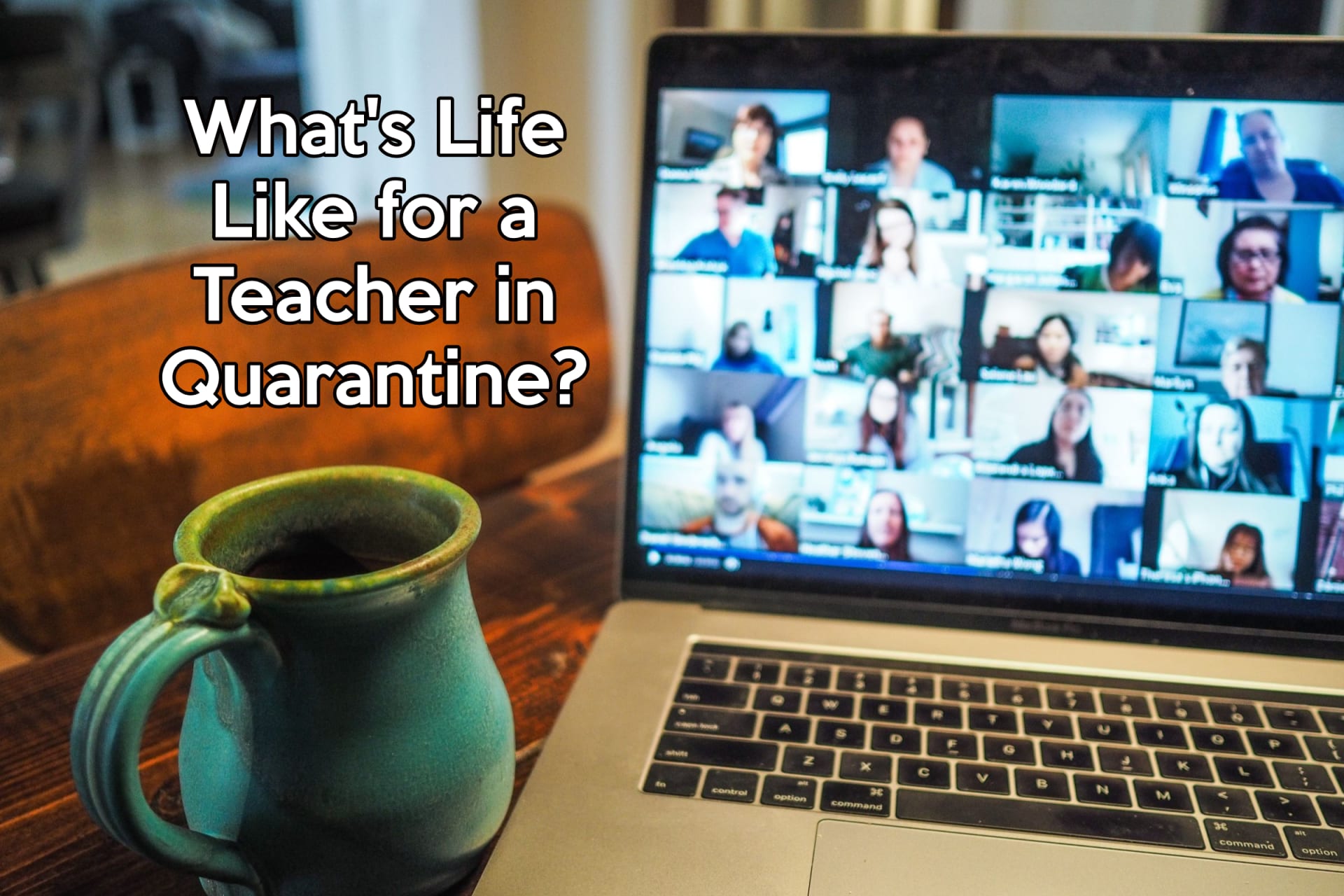Both students and teachers face similar problems during the in-person school day. The worst of these is being sent home due to either having the virus, or being in close contact with someone who does. When a teacher is sent home, they face a set of challenges that is completely unique.
The biggest of which seems to be whether or not a teacher can find a substitute.
“I would say the biggest problem for me is worrying about if my students are going to have a substitute so that I can Zoom in and teach them from home,” said AP Environmental Science teacher Jessica Brink. “We just don’t have a lot of substitutes this year.” Brink is currently on her second round of quarantine due to COVID-19 exposure.
The transition from in-person to online doesn’t affect many teachers as much. This is because many teachers have co-seated classes and already understand the flow of both online and in-person simultaneously.
As for the in-person classes teachers direct, it’s like online school, but in the room. This is because as the students are in the class, they are watched over by a substitute as they tune into the teacher hosted Zoom on their devices.
“It’s definitely not ideal for me to not be in class, but it is working and I am very thankful for my students putting in the efforts to stay on top of things and work with me!” says Brink.
Compared to last Spring, this semester has faced its own set of unique challenges.
“It’s very challenging because we have been tasked with many more chores related to cleaning, duty and COVID safety protocols, along with teaching in multiple new ways,” says Brink. However, the previous shutdown did prepare teachers for the basics of online instruction, like Zoom, and a preview of how assignments would work.
Though, teaching online is pretty hard as a whole. There are some kids who put in 100%, while others put in 10%.
“Every student has his or her own story, set of circumstances, strengths, weaknesses and responsibilities in and out of school,” Brink explained. “We cannot make students do anything they don’t want to do. Students who don’t want to work or fall behind tend to be able to hide out more and evade school more easily when they are remote. I hate that for them because I know at the end of the day, the fastest route out of school is to be there, do your work and graduate. In those cases, the only thing we can do is to reach out, build relationships, try to engage them and model truth and respect while holding them accountable.”
